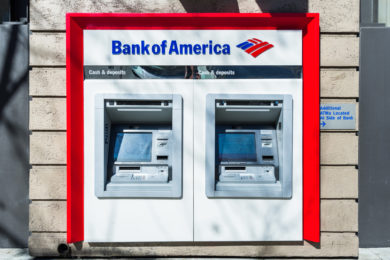
DLT-based solution to help banks digitise financial instruments
- ITFA launches dDOC specifications to digitise guarantees and negotiable instruments.
- Enigio's trace:original is the first technology that complies with dDOC specifications.
- The framework will reportedly use the blockchain as a proof of truth, not to store data.
The International Trade and Forfaiting Association (ITFA) has released dDOC specifications to help banks digitise their financial instruments, such as guarantees and bills of exchange. ITFA FinTech Committee’s chairman, André Casterman, shared this information through a brief report on DLT in action.
In the publication, Casterman went on to disclose details on the progress of the DNI initiative since its launch in Q3 2019. According to him, dDOC specifications describe how to use advanced document technology to produce, manage, and share digital original documents.
Explaining why it is necessary to publish dDOC specifications, ITFA’s chairman, Sean Edwards said,
“As the leading trade finance association, ITFA encourages regulators to open up to new technologies such as cloud computing, digital signatures and distributed ledger technology. We publish today the dDOC specifications as a vendor-agnostic framework to digitise guarantees and negotiable instruments using a mix of advanced technologies. We are working with early adopter banks and with an initial set of regulators around the world to adapt policies to the digital practices.”
Combining three technologies
Copy link to sectionITFA designed dDOC specifications around three building blocks. These are the digital container, which is developed using Ricardian contracts and JavaScript Object Notation (JSON), electronic signatures and stamps, and shared public distributed ledger technology (DLT), which acts as a digital notary.
Per ITFA, merging the above technologies results in the production of portable, original documents that are compatible with any existing or future software capability and transport mechanism. The organization went on to note that dDOC specifications would frequently embed the blockchain, but only as proof of truth, not as storage business data.
Explaining how dDOC specifications work, Casterman said banks need technologies that integrate seamlessly with the existing ones such as back-office applications, front-office portals, and communication channels.
He added that SMEs will like dDOC specifications as they prefer adopting technologies that their chosen banks offer them. Additionally, digitising bills of exchange and guarantees through e-banking portals is a low-hanging fruit for SME-focused originators. As such, any dDOC-compliant technology provider will help achieve this feat in a white-label method.
A strategic partnership with Enigio
Copy link to sectionReportedly, ITFA needed a partner that would provide the technical requirements to underpin their technology. As such, the organization joined hands with Enigio to leverage the firm’s trace:original product as a solution that helps trace and secure the ownership of original documents.
Commenting on the viability of their technology, Enigio’s CEO, Göran Almgren said,
“We are confident that our DLT-based trace:original solution provides the most effective upgrade path from physical documents to digital originals, as our technology not only mimics today’s physical document flows but also offers the highest levels of security, integrity and traceability.”
More industry news







